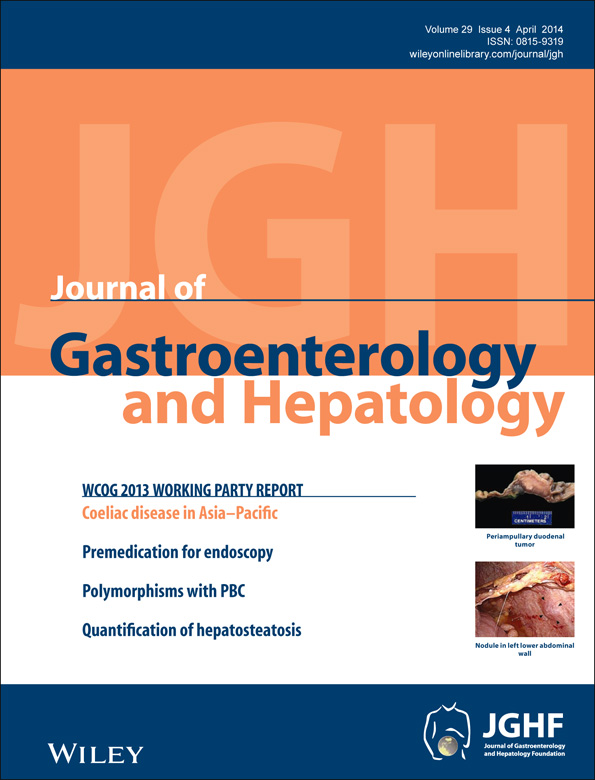Quantification of hepatic steatosis: A comparison of the accuracy among multiple magnetic resonance techniques
Abstract
Background and Aim
Magnetic resonance imaging (MRI) and magnetic resonance spectroscopy (MRS) are important diagnostic tools for the non-invasive assessment of hepatic steatosis (HS). This study was conducted to compare different magnetic resonance (MR) techniques and correlate the MR findings with histological and intracellular lipid density findings.
Methods
In this institutional review board-approved, Health Insurance Portability and Accountability Act-compliant prospective study, 60 patients scheduled for liver resection were included in this study. Fat fraction in the non-tumorous liver parenchyma was estimated using double-echo MRI, triple-echo MRI (TE-MRI), and MRS. HS was defined by the histologic steatosis percentage (HSP), and intrahepatocellular triglyceride density (IHTGD) of the surgical specimen used as the reference standard. Imaging quantification results were evaluated using Pearson's correlation. Lin's concordance coefficient and Bland–Altman 95% limits of agreement were used to evaluate the concordance of IHTGDs estimated by the three MR techniques. The diagnostic performance was compared using receiver operating characteristic curve analysis.
Results
HS assessed by TE-MRI and MRS had a stronger relationship with HS assessed by HSP and IHTGD. The TE-MRI method had the highest concordance correlation coefficients (ρ = 0.881) and percentage (95%, 57/60) within the Bland–Altman 95% limits of agreement. Receiver operating characteristic curve analysis for diagnosing > 5% HSP showed significantly larger area under the curve (0.9783) for TE-MRI than for double-echo MRI (0.8773, P = 0.0121).
Conclusions
Among the three MR techniques, TE-MRI and MRS may be the preferred techniques for non-invasive assessment of HS.




